In our experience, soy wax provides the best balance of ease of use and consistent results out of all candle waxes available. As a candle maker, it’s important to be able to trust and work with your ingredients and we feel soy wax offers just that. Whilst this is the case, you may from time to time experience a handful of results that aren’t your liking. In this next article of the series, we look at ‘Mushrooming’.
What is a ‘Mushrooming’?
Following the burning of a soy candle, there can be an occasional effect of ‘mushrooming’ on the end of the wick. The mushroom shape formed on the burnt wick shows a build up of carbon, and in some cases the carbon call fall of into the melt pool, creating an unpleasant odour.
What can cause Mushrooming?
Mushrooming is often caused by the use of an oversized wick. When testing your candles burn, you may notice that a flame burns very brightly. This shows that the candle is taking on a greater amount of wax that it can burn, thus meaning that the wick becomes too hot, and creates the unpleasant looking excess carbon. In order to identify potential mushrooming issues, a good tip is to carefully observe the melt pool during your test burn. If you see a full melt pool in the first couple of hours of your burn, then it’s likely that the candle wick is too big, and mushrooming is likely.
How can I avoid Mushrooming?
The absolute key to preventing mushrooming is, like with all candle making, testing! If you experience mushrooming, methodically reduce the wick size and retest. As a general rule, alway try to incorporate the practice of trimming your wicks, prior to burning. By doing so, you’ll be putting positive steps towards avoiding mushrooming. With that being said, any experienced candle maker will tell you that regardless of the testing of wicks, a small number of fragrances will always cause mushrooming when being used in candle production. Luckily, this doesn’t happen too often.
In terms of a good place to start, we recommend taking a look at our wick guide. Here you’ll find some key information about which wicks may be best for you. You’ll also find a wealth of advice from fellow candle makers via our very supportive Facebook Group. As big advocates of soy wax, we’re always keen to offer support and advice where we can, so if you need more help with avoiding mushrooming, get in contact via our online chat, email or telephone.


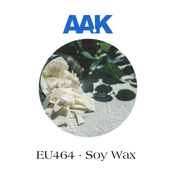


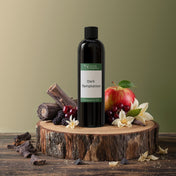
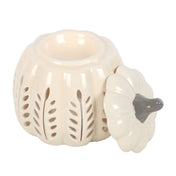
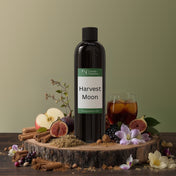
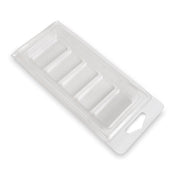


1 comment
Hi :)
I was wanting advice if poss please? I’ve just been testing amalfi coast which is absolutely beautiful!!! And I found towards the end 1/3 of the jar the wick was bent over burning right into the wax putting soot into the wax- haven’t had this happen before and I was wondering if you know why this would happen? The wick was trimmed and I was testing 4 hour burns – I’m guessing maybe that fragrance oil might need a smaller wick and it was burning too hot?
Any advice would be greatly appreciated :)
Many thanks
Natalie
———
NI Candle Supplies LTD replied:
Thanks for your comment Natalie. We’d suggest ensuring the wick is trimmed to about 4mm in length and then testing again to see if the same thing happens. If you get the same result, wick down one size; keeping in mind that a full melt pool on your second or third burn is ideal to ensure correct burning in the later stages of your candle’s lifecycle.